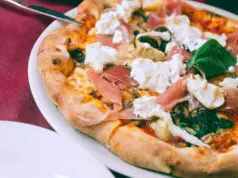
Restaurant industry professionals know that in the ever-evolving world of dining, change is inevitable. Whether driven by changing consumer preferences, trends, or the need to freshen up, redesigning a restaurant’s menu can be a game-changer. A well-thought-out menu can elevate a dining experience, enhance the restaurant’s brand, and boost profitability. Let’s dive into the top 12 strategies, starting with tip number
12. Involve the Stakeholders

Listen to Everyone Involved
Remember that the menu isn’t just a chef’s domain; servers, managers, and even some regular patrons can offer valuable insights. Chefs can provide knowledge on seasonality and preparation, servers know customer preferences and common questions, and managers understand the financial implications of dish costs and sales. Involve everyone in the redesign process for a rounded perspective. While you’re at it, why not try the premium leather menu?
11. Know Your Audience
Adapt to Their Preferences
Before any major overhaul, understand who your core customers are. Are they health-conscious millennials, families, or professionals seeking a quick lunch? Design your menu to appeal to the demographic that frequents your establishment. Surveys or feedback cards can be a great way to gauge what your customers are looking for.
10. Stay Updated on Trends
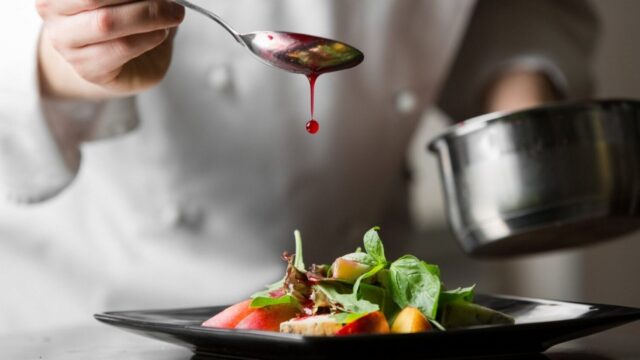
Incorporate Modern Flavors
In the culinary world, trends can come and go rapidly. From farm-to-table to fusion cuisines, staying updated can help your restaurant remain relevant. However, ensure you’re not blindly following trends; it should make sense for your brand and your audience.
9. Spotlight Dietary Needs
Be Inclusive
From vegan to gluten-free to paleo, dietary preferences and needs are more varied than ever. Ensure your menu caters to a wide range of diets. This not only shows that you care about customer needs but also attracts a wider clientele.
8. Aesthetics Matter
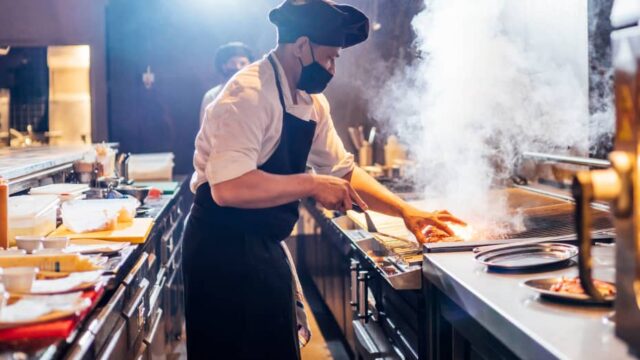
Keep it Visually Pleasing
Humans eat with their eyes first. Your menu should not only sound delicious but also look it. Consider professional food photography or illustrations. The design and font should be clean and readable. Remember, the menu is an extension of your brand’s story.
7. Pricing Strategy is Key
Strike a Balance
While the primary purpose of the menu is to inform patrons about their options, it’s also a tool to drive profitability. Consider using psychological pricing techniques, like the “.99” strategy, or avoid placing dollar signs next to prices as it tends to make customers spend more. The arrangement of dishes can also influence choices; higher-margin dishes should be prominently displayed.
6. Highlight Signature Dishes
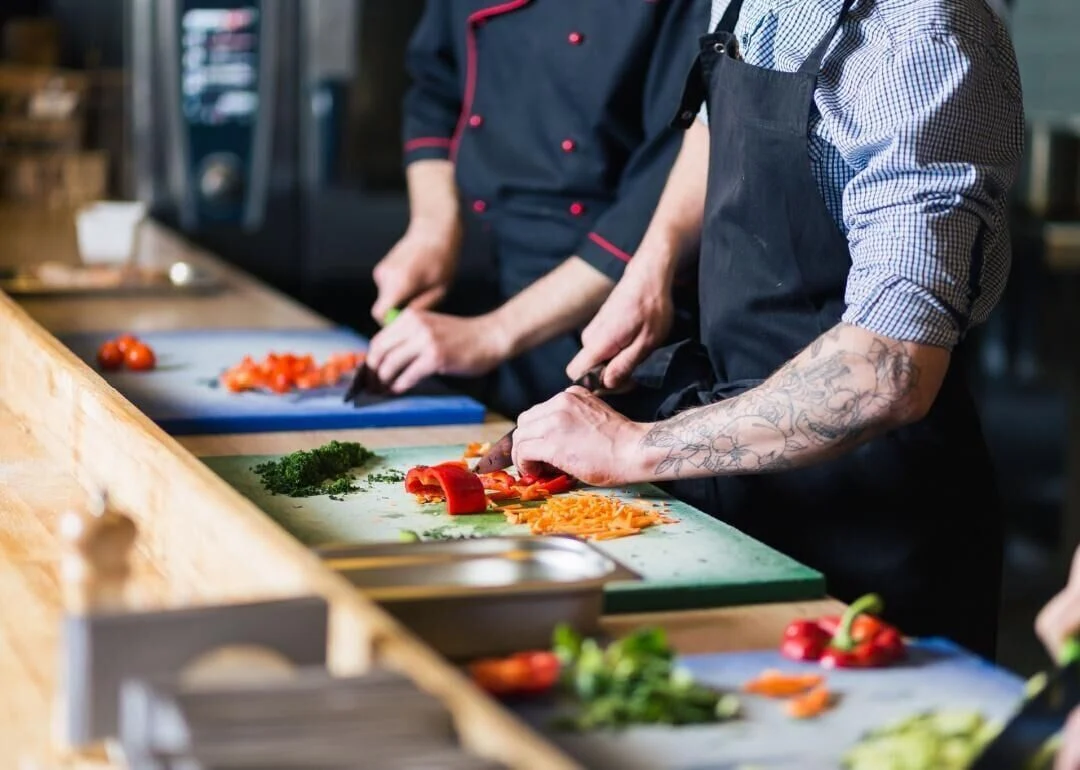
Showcase What You’re Known For
Every restaurant has those standout dishes that customers rave about. Make sure they are highlighted in your menu. This can be through a “Chef’s Special” section, unique icons, or even through storytelling – a brief description of the dish’s origin or inspiration.
5. Keep it Concise
Avoid Information Overload
While it might be tempting to offer a vast array of dishes, a cluttered menu can overwhelm diners. Research has shown that a more concise menu often leads to higher customer satisfaction. It also allows the kitchen to focus on quality and consistency.
4. Optimize Menu Layout
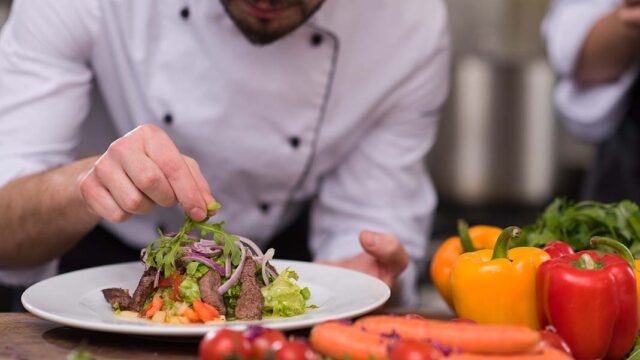
Utilize the ‘Golden Triangle’
Diners typically scan menus in a specific pattern: they start in the middle, move to the top right, and then to the top left – forming what’s known as the ‘Golden Triangle’. Place your star dishes and high-profit items in these zones to grab attention.
3. Refresh Seasonally
Keep it Fresh and Local
Using seasonal ingredients not only ensures freshness but can also reduce costs. A rotating seasonal menu can excite regulars and provide reasons for diners to return. It also allows the chef to experiment and showcase creativity.
2. Narrate Your Brand Story

Build a Connection
More than ever, diners are interested in the stories behind their food. From sourcing ingredients to the inspiration behind a dish, weaving a narrative can create a deeper connection with your patrons. This doesn’t mean long paragraphs, but even a line or two can enhance the dining experience.
1. Test and Iterate
Adapt Based on Feedback
Once your redesigned menu is live, the work doesn’t stop. Pay attention to sales data, gather feedback, and be ready to make changes. Perhaps a new dish isn’t as popular as anticipated, or the pricing strategy needs tweaking. A successful menu is one that evolves based on experience and feedback.
FAQs
How often should a restaurant consider a menu redesign?
While there’s no one-size-fits-all answer, many successful restaurants evaluate their menus at least once a year. However, minor adjustments, such as pricing changes or seasonal additions, might occur more frequently, every 3-6 months. The key is to stay responsive to customer feedback and market dynamics.
How can I determine which dishes to retain or eliminate during a redesign?
Start with sales data: dishes that consistently underperform might be candidates for elimination. Also, gather feedback from customers and staff. Sometimes, a less popular dish might still be critical for brand identity or to cater to a specific clientele.
Should a restaurant change its menu design based on its location, like urban vs. suburban settings?
Absolutely. The demographic and psychographic profiles of urban and suburban diners can vary significantly. Urban diners might prefer quicker, on-the-go options, while suburban patrons might be looking for family-friendly choices or relaxed dining experiences. Tailor your menu to fit the lifestyle and preferences of your target audience.
How can technology play a role in menu redesign?
Technology can offer valuable insights through data analytics, helping identify best-sellers, peak dining times, or even customer preferences. Digital menus, like those on tablets, can be easily updated and allow for dynamic pricing or showcasing daily specials. They can also incorporate feedback mechanisms or highlight dishes based on popularity.
Can sustainability be integrated into menu redesign?
Yes, and in fact, it’s a growing trend. Restaurants can highlight locally sourced ingredients, reduce dishes that have a high carbon footprint, or introduce more plant-based options. Sharing sustainability efforts and stories on the menu can resonate with eco-conscious diners.
How do I ensure that my new menu still resonates with my loyal, long-time customers?
While innovation is essential, it’s equally crucial to maintain brand consistency. Consider keeping a few signature dishes that your long-time customers love. Before a full-scale roll-out, perhaps host a tasting event for regulars to get their feedback on potential new dishes. Their insights can be invaluable in striking the right balance.
Final Words
In conclusion, a menu is more than just a list of dishes and prices; it’s a marketing tool, a brand ambassador, and an essential component of the dining experience. While redesigning it can be a significant endeavor, the potential rewards in terms of customer satisfaction and profitability are well worth the effort. By following these 12 tips, restaurateurs can transform their image and set themselves up for continued success.

